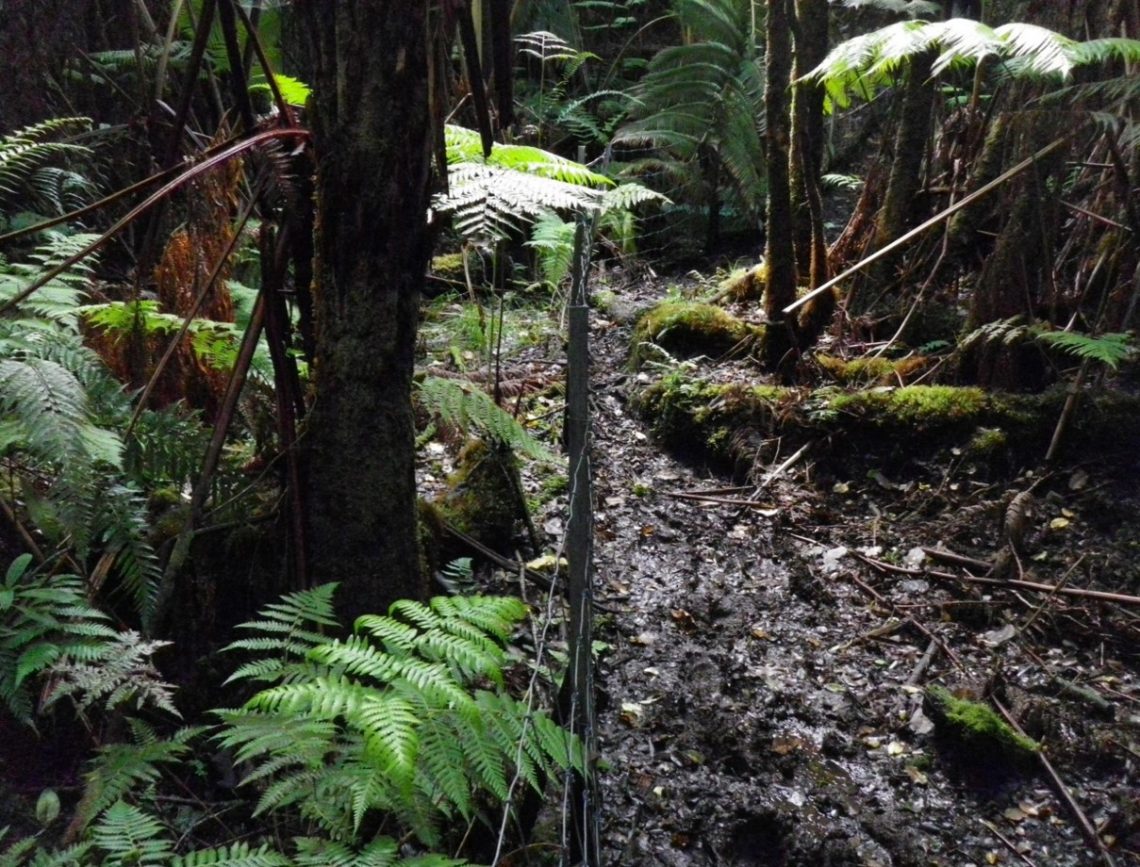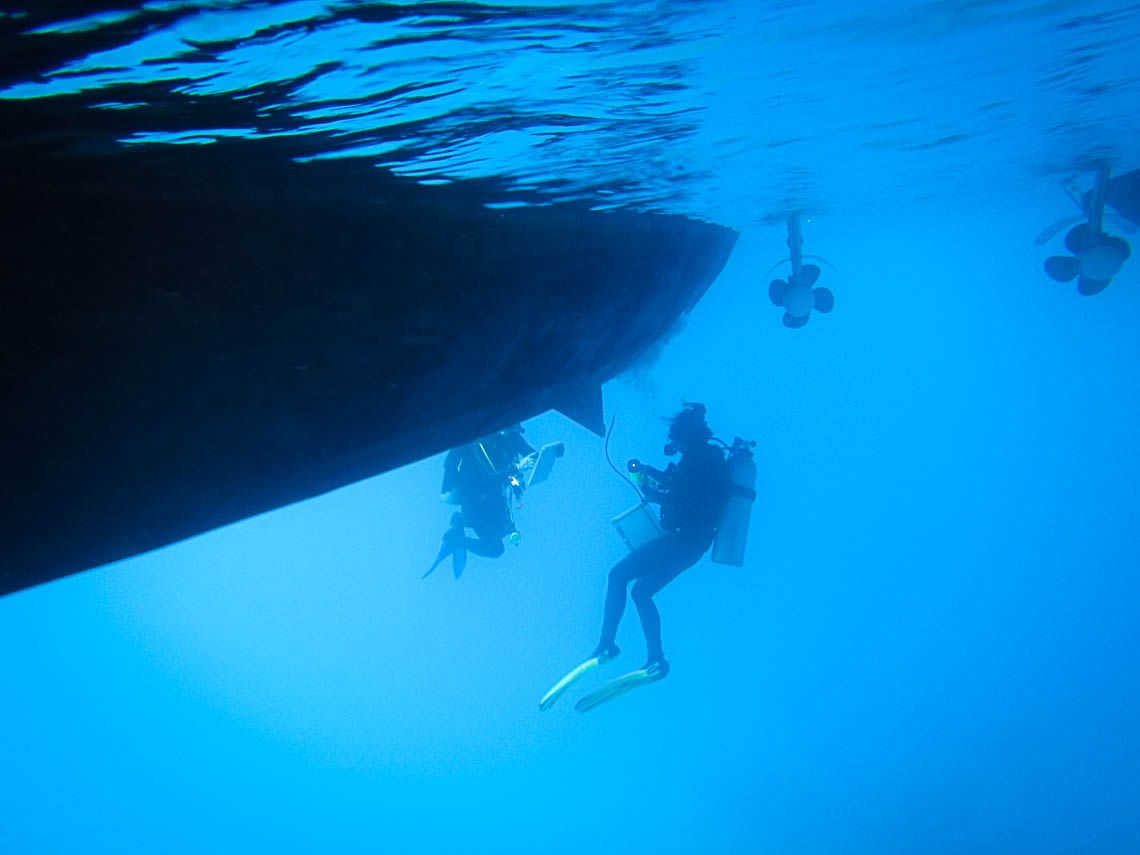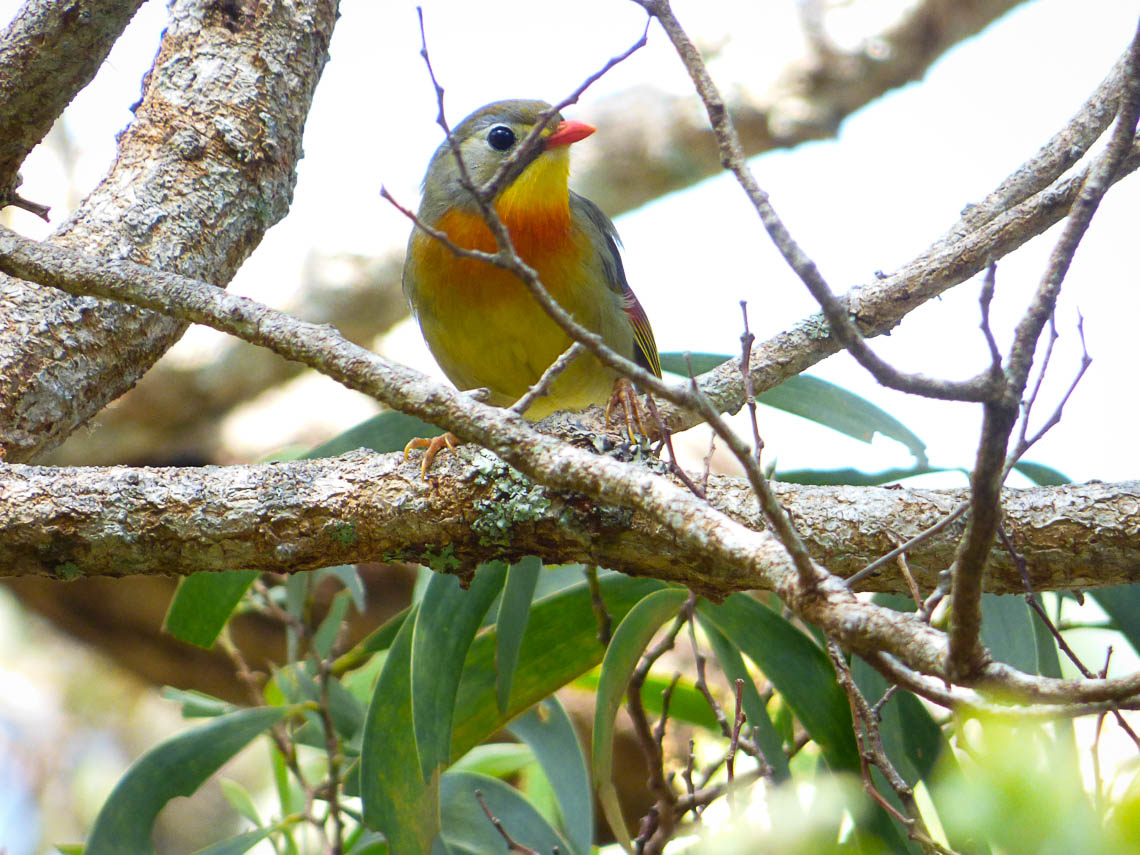For millennia, before humans ever set foot on Hawaiʻi, birds ruled the islands. From mountain top to shoreline, the feathered…
Read More
2020
Earthworms: an invasive species underfoot in Hawai’i
If you garden, you’ve gained an appreciation for the relationship between soil and plant health. From soil pH to mineral…
Read More
Protect Hawai’i’s reefs by keeping boats clean
Over 1,000 ships enter Hawaiʻi’s ports and harbors every year. Coming from throughout the Pacific and Oceania, bringing cargo and…
Read More
Backyard efforts help protect Hawai’i
With stay-at-home orders in place, many of us are stretching our legs with a walk around the yard or neighborhood,…
Read More
Safe biological controls rely on specialized species
Living creatures can be grouped as specialists or generalists based on their strategies for finding food and habitat: generalists thrive…
Read More





